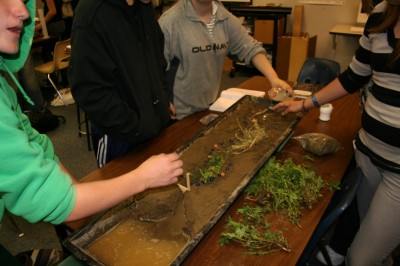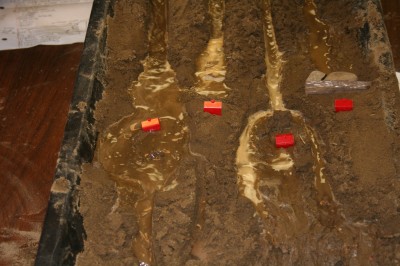After July 20th’s #edchat on the Goal of Education (see archive here) I got to thinking about my goals for the children I help educate. It helped me, with my thinking, to read “Backwards Design and Integrating New Technology” because I integrate technology whenever I can. I need to continually ask myself if what I do with students is aligned with my goals and in line with what they need for their education. A lot of great ideas were brought up during the hour long #edchat but I remained fixated on three words that I took away: Communicate, Connect, Collaborate, and Create (need to add Critical Thinking to those things I want my students to be doing and I’ve seen more and more teachers add Curating to the list of C’s). Those words pretty much summarize a lot of what I have my students do. I kept bringing up the idea that as teachers we should help our students find their passions. By encouraging our students to be critical thinkers and to be independent learners and to explore and keep their curiosity and joy of learning we can facilitate discovering of passions. This could take some kids until high school or beyond while some kids know what they want from a very young age. Our job is to NOT stifle our kids love of learning and discovering. We should foster their passions even if their passions change. That’s what it means to be a child.
I have been teaching Science for a while now. I have my students learn by reading, researching and doing labs. Hands on, minds on learning makes sense. My students also discuss and work in small groups to complete projects that can take weeks to complete. Why? In learning a Science concept I’d much rather spend more time on one or two concepts than rush through many concepts. Yeah, a mile deep and inch wide is my modus operandi. Besides, by using multiple methods, labs, reading, listening, observing, creating, and collaborating students stand a chance of getting it (whatever “it” is). I don’t know which method will work with which student. I had 150 students last year! But I stand a chance to helping more of my students learn if we spend time on concepts and learn those concepts in different ways.
With technology my students get to create, connect and collaborate. That doesn’t mean we use technology all the time. We don’t need to. Now I am guilty of trying anything new. If it works I will keep it, if it doesn’t work I drop it. How do I know if it works? I ask my students. If they like something and tell me it helps them learn, I’ll do it again. That happened last year when I set up a Moodle chat to have class discussions. I had a lot of students participate where before I’d be leading a whole class discussion interacting with one student at a time. I will do more of that and next year I will incorporate twitter because I will have enough machines for 1:1 access.
Here are some examples of what students can create with technology. By blogging or sharing their work via a blog or a wiki students connect with other students around the world. So why do I have my students use technology? To create, connect and collaborate so they will think further and hopefully deeply and meaningfully about our topics so they can form their own understandings. I’d much rather have my students creating, connecting and collaborating than sitting listening to me.




















































